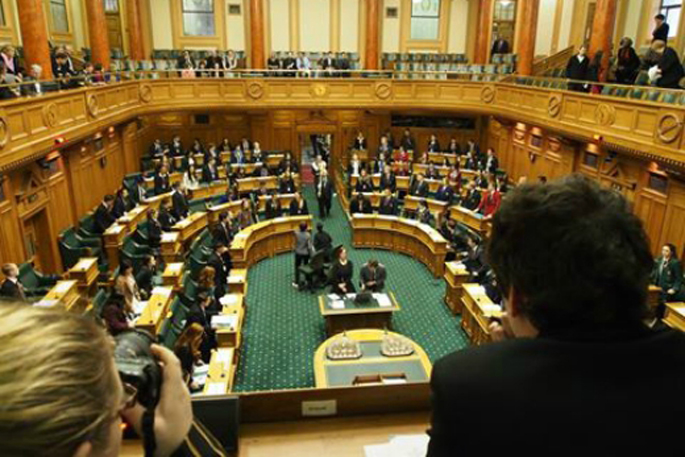Population growth since 2013 has resulted in one new general electorate in the North Island but no change to the number of Māori electorates for the next general election, Stats NZ says.
Data from the 2018 Census and the 2018 Māori Electoral Option were used to determine this result.
'It is now the role of the Representation Commission to determine the electorate boundaries and the location and name of the new electorate,” Government Statistician Liz MacPherson says.
'The addition of the new general electorate means there is one less list seat in the 120-member Parliament, a decrease from 49 to 48."
The Electoral Act 1993 specifies that census results are to be used to determine the number of electorates. The Representation Commission will meet to draw new electorate boundaries, which will be based on this data and on population projections.
The Act sets out the formula for calculating the number of electorates, starting with the number of South Island general electorates, which the Act sets at 16. This number and the general electoral population of the South Island are used to calculate the South Island electoral population quota.
The South Island quota, in turn, determines the number of North Island general electorates and the number of Māori electorates. The formula has resulted in:
The total number of general electorates increasing from 64 to 65
The number of North Island general electorates increasing from 48 to 49
The number of Māori electorates remaining at seven.
The average sizes of electorates are 65,458 people for South Island general electorates, 64,899 people for North Island general electorates, and 67,582 people for Māori electorates. To ensure all electorates have electoral populations that are within 5 percent of these quotas, approximately one-third of the electorate boundaries will need to be redrawn by the Representation Commission.



0 comments
Leave a Comment
You must be logged in to make a comment.